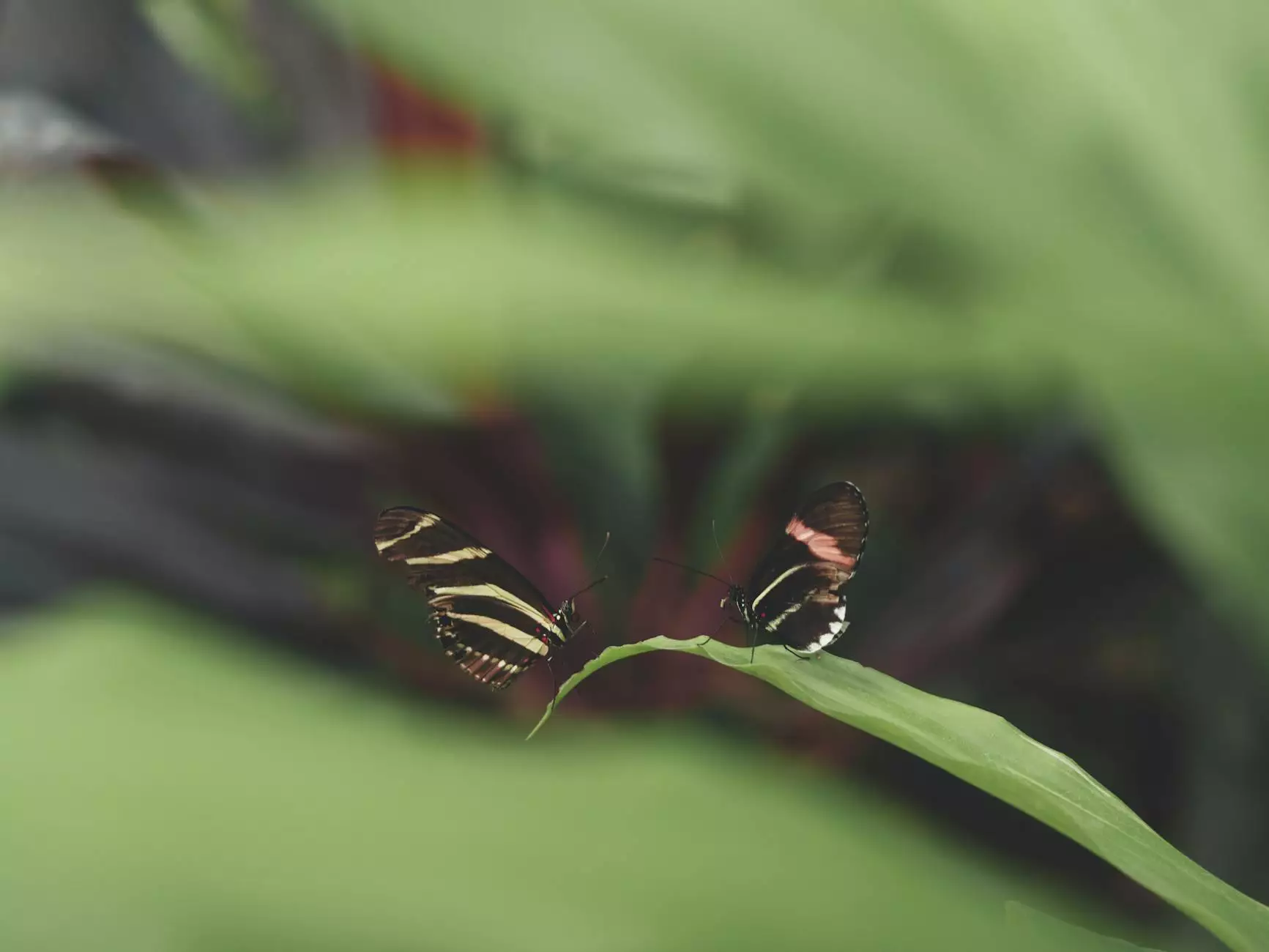Exploring Site-Specific Light Art: Transforming Spaces into Experiences

Site-specific light art represents a captivating fusion of art, technology, and location. This unique artistic form employs light as the primary medium, generating an immersive experience tailored specifically to a particular site. It redefines our understanding of both art and environment, emphasizing the relationship between the two and transforming our perception of everyday surroundings. In this article, we will delve into the multifaceted world of site-specific light art, exploring its significance, key examples, and the ways in which it engages audiences.
The Essence of Site-Specific Light Art
At its core, site-specific light art is about context. Unlike traditional art, which may exist in a vacuum, site-specific works are created with a deep consideration of their environments. This relationship can manifest in various ways, including:
- Architectural Integration: Artists often design their installations to complement or enhance the existing architecture, creating a cohesive visual narrative.
- Natural Landscapes: Light art installations in outdoor settings can enhance the natural beauty of landscapes, influencing how viewers engage with both the art and nature.
- Cultural Context: Light art can reflect the history and culture of a location, serving as a commentary on societal issues or local narratives.
Historical Background
The use of light in art is not a novel concept; however, site-specific light art emerged as a distinctive practice in the late 20th century. Artists began to explore the potential of light as a medium—not merely as illumination, but as a tool for artistic expression. This shift was influenced by advancements in technology, such as LED lights, lasers, and projection mapping, allowing for previously unimaginable creativity.
Key Historical Milestones
Some significant milestones in the history of site-specific light art include:
- James Turrell: Known for his use of light and space, Turrell's installations challenge our perception and encourage viewers to experience the essence of light itself.
- Dan Flavin: Celebrated for using commercially available fluorescent light tubes, Flavin created works that interact profoundly with their surroundings.
- Olafur Eliasson: Utilizing natural elements and light, Eliasson’s installations create unique atmospheres that encourage audience interaction and awareness.
Impact of Site-Specific Light Art on Communities
Site-specific light art does not merely beautify spaces; it also has the potential to foster community engagement. Light installations can transform public venues, inviting both locals and tourists to experience art in a shared environment. The impact can be witnessed in various forms:
Enhancing Public Spaces
Site-specific light art can revitalize urban areas, turning neglected spaces into vibrant attractions. When art integrates into public life, it encourages foot traffic and social interaction, contributing to a sense of community. Cities around the world have leveraged light art to:
- Attract Tourism: Unique installations draw visitors, boosting local economies.
- Promote Cultural Identity: Light art can celebrate local history and culture, allowing communities to express their identities.
- Encourage Nighttime Activity: As cities evolve to accommodate night-life, light art installation plays a crucial role in making urban areas safe and appealing after dark.
Artist Collaborations with Local Communities
Collaboration between artists and communities is vital for the authenticity of site-specific light art. Many projects involve local residents in the creative process, which fosters a sense of ownership over the artwork. This inclusion can lead to:
- Heightened Awareness: Community members develop a greater appreciation for art when they actively participate in creating it.
- Stronger Community Bonds: Collaborating on art projects fosters teamwork and strengthens community ties.
Prominent Examples of Site-Specific Light Art
The realm of site-specific light art is diverse, with numerous installations across the globe that exemplify the medium's potential. Here, we highlight a few noteworthy projects that showcase the transformative power of light in art.
1. "The Weather Project" by Olafur Eliasson
Hosted at the Tate Modern in London, Eliasson's "The Weather Project" envelops the Turbine Hall in an artificial sun created from mist and light. This immersive installation invites viewers to lie on the gallery floor and gaze at the glowing orb, fostering an atmosphere of contemplation and tranquility. The interaction encourages visitors to engage not only with the artwork but also with one another, making it a communal experience.
2. "Sky Mirror" by Anish Kapoor
Installed in Nottingham’s One Canada Square, Kapoor's "Sky Mirror" is a large, reflective sculpture that captures and transforms the surrounding skyline. By altering the perception of the space, the installation interacts with changing weather and light conditions, each moment presenting a unique visual spectacle.
3. "Light Vortex" by Grimanesa Amorós
In Grimanesa Amorós's "Light Vortex," site-specific design principles are significantly emphasized. The installation utilizes intricate light techniques to create a dynamic interaction between the work and its environment, inviting viewers to experience light as it dances with architectural forms. This project highlights the innovative approach of combining technology with artistic expression, establishing a connection between the installation and the audience.
Technological Advancements in Light Art
The evolution of site-specific light art has been heavily influenced by technological advances. Innovations in lighting technology have expanded the possibilities for artistic expression and environmental interaction.
1. LED Technology
LED lights have become the cornerstone of modern light art. Their versatility allows artists to experiment with color, brightness, and patterns. Moreover, the energy efficiency of LEDs supports sustainable art practices, aligning with contemporary environmental values.
2. Projection Mapping
Projection mapping has revolutionized the way artists approach location-based installations. This technology allows for images and videos to be projected onto surfaces, transforming architectural elements into dynamic canvases. Artists can create elaborate narratives that engage and mesmerize viewers, enhancing the storytelling aspect of light art.
3. Interactive Installations
As technology progresses, interactive art has gained traction in the realm of site-specific light art. Artists utilize sensors and digital interfaces to create installations that respond to audience movements and interactions. This engagement transforms viewers from passive observers into active participants, deepening their connection with the art.
Future of Site-Specific Light Art
The future of site-specific light art looks promising as artists continue to challenge conventions and explore new technologies. With the intersection of environmental sustainability and artistic innovation, the direction of light art is poised for expansion in the following ways:
- Sustainable Practices: Artists are likely to increasingly focus on sustainable materials and energy-efficient technologies, creating art that respects and reflects our environmental responsibilities.
- Public Participation: Future projects may see even greater involvement from the public, enhancing community ties and enriching the creative process.
- Cultural Commentaries: As with any art form, site-specific light art will reflect contemporary societal issues, engaging with themes such as climate change, urbanization, and cultural identity.
Conclusion
Site-specific light art is more than an artistic practice; it is a transformative experience that engages and inspires communities. As artists continue to push the boundaries of creativity and technology, the impact of light art will undoubtedly resonate in our surroundings, fostering connections between art, environment, and people.
For those intrigued by this captivating art form, exploring platforms like Grimanesa Amorós’s website can provide insights into innovative projects and the future of light art. By embracing this art form, we not only enrich our cultural landscape but also open ourselves to new ways of experiencing and understanding the world around us.









